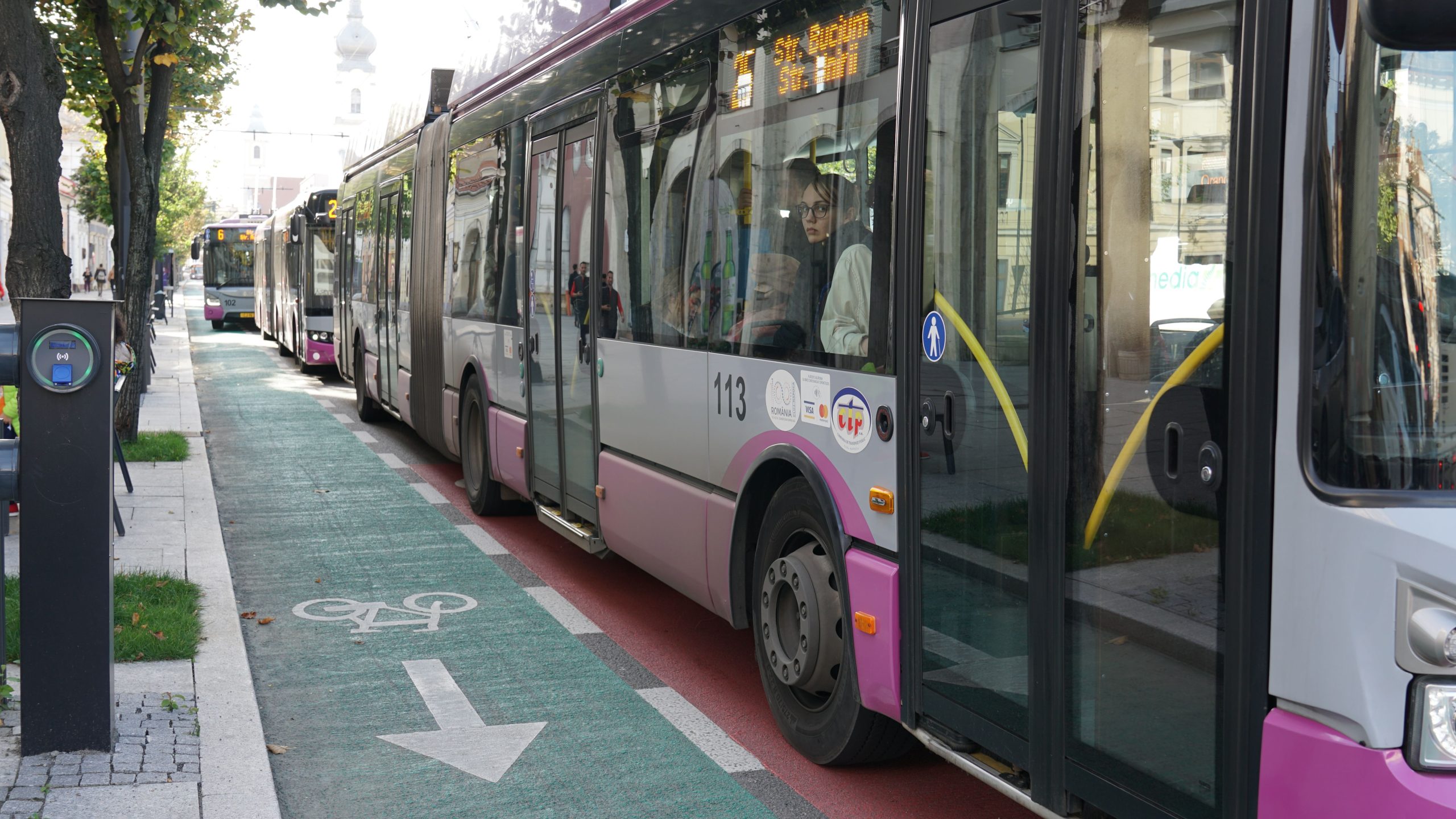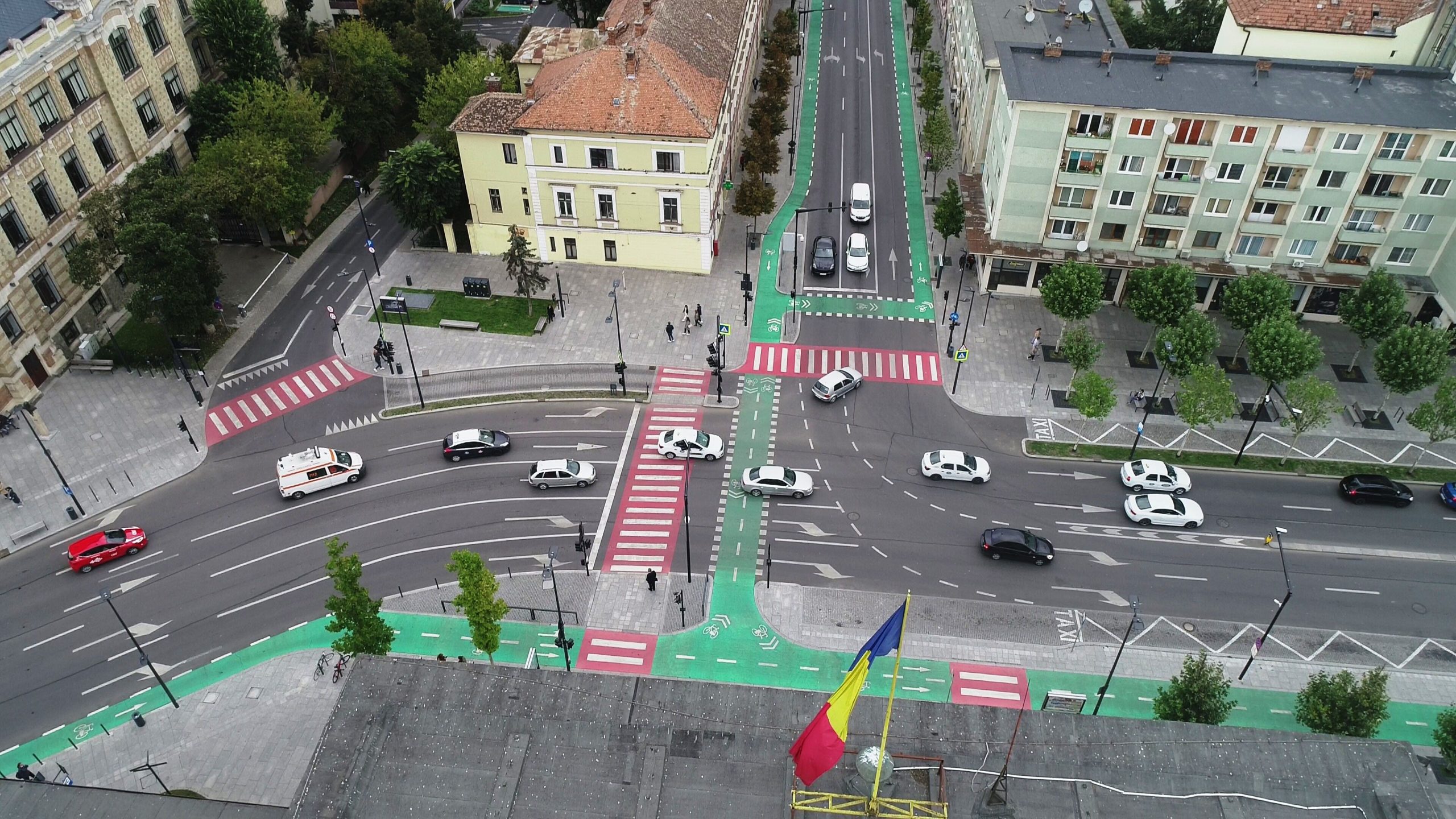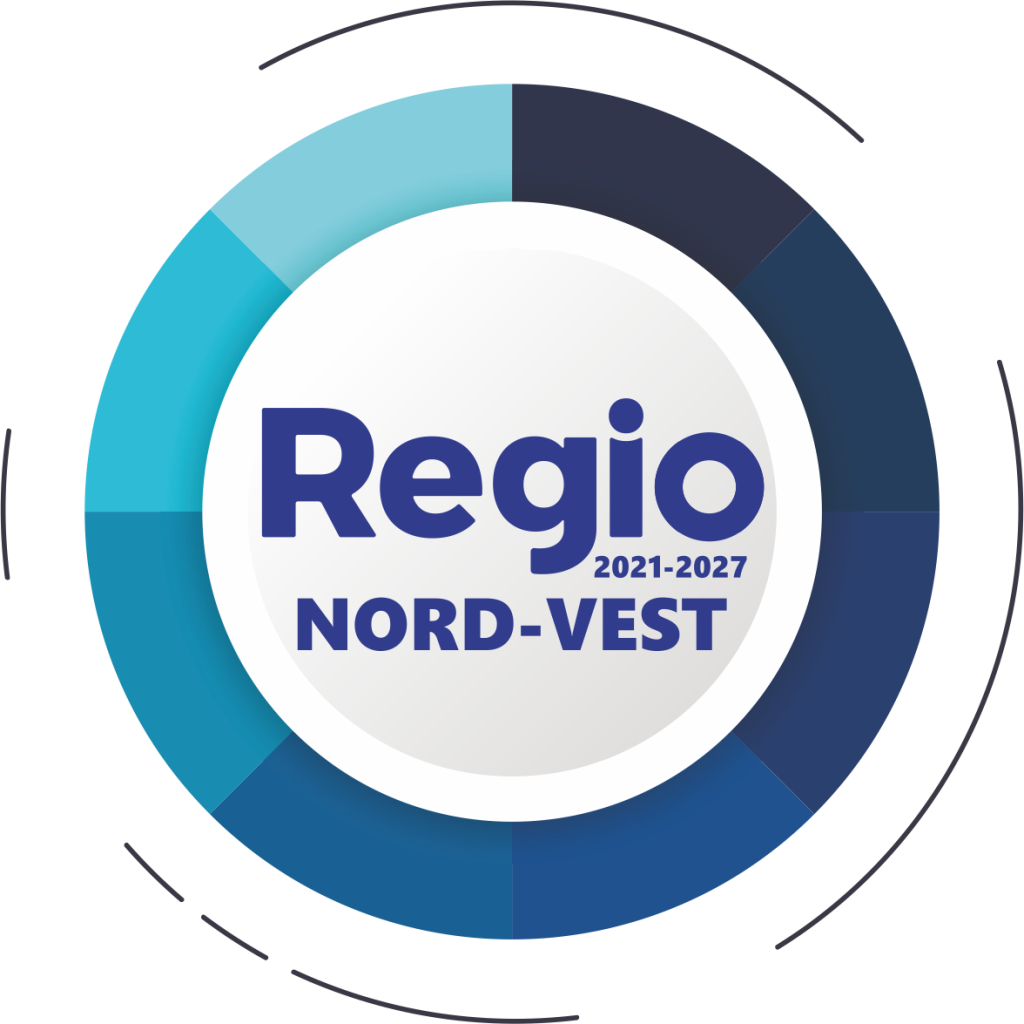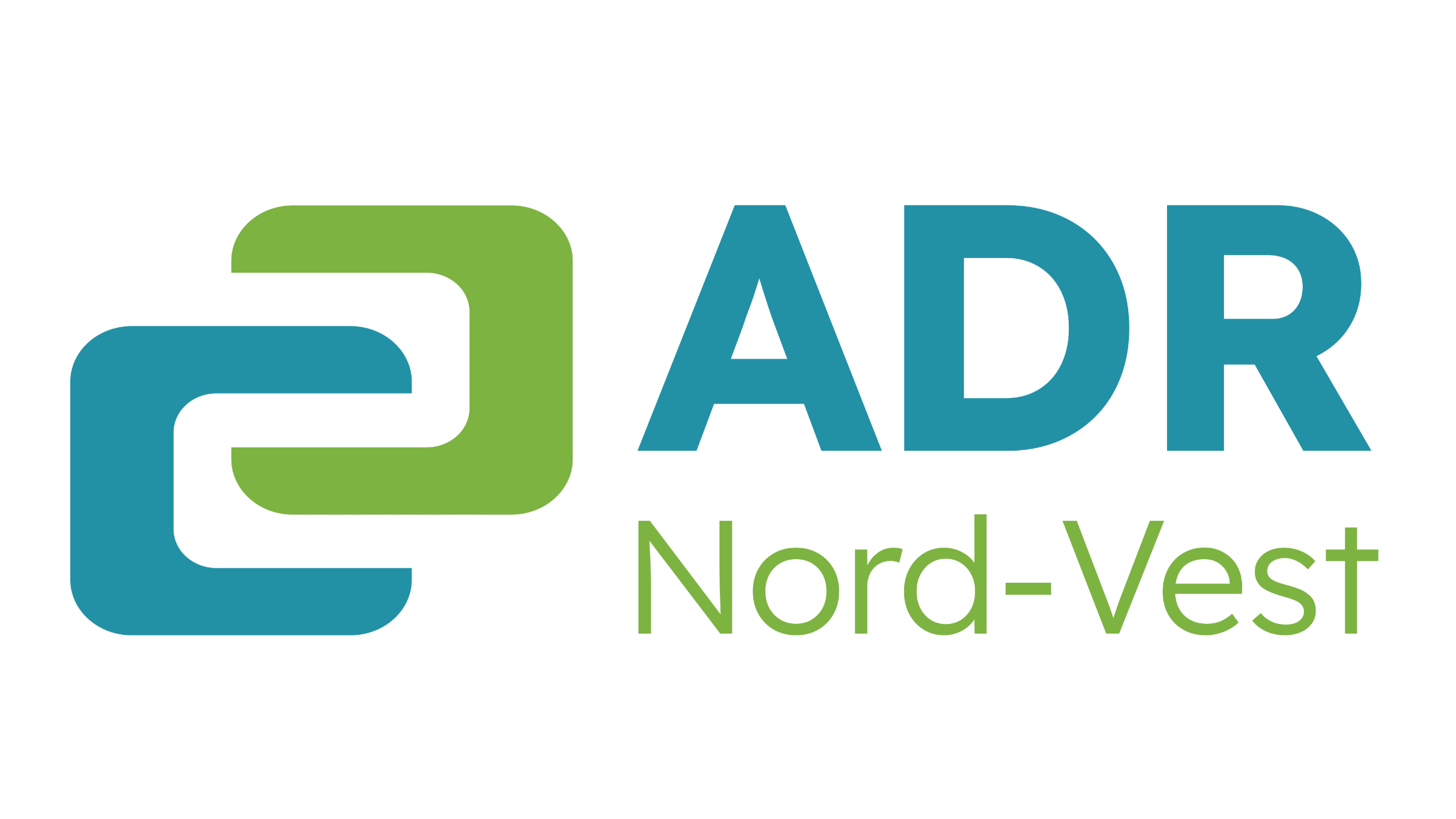The North-West Regional Development Agency, as the Managing Authority for the North-West Regional Program 2021-2027 (REGIO North-West), publishes today, July 11, 2023, the Applicant's Guide for the call for projects 481.A Increased use of public transport and other ecological forms of urban mobility (Urban Mobility) – County seat municipalities.
The call for projects is non competitive, and funding applications can be submitted through the MySMIS 2021/2021+ computer system during: August 7, 2023, 10:00 a.m. – February 6, 2024, 11:59 p.m.

MAIN ACTIVITIES that can be financed independently within the projects related to this call consist of:
A. Infrastructure development for non-motorized travel (cycling and walking);
B. Development and optimization of public transport systems;
C. Development of sustainable urban mobility corridors.
In the first category of ELIGIBLE COMPULSORY ACTIVITIES (TYPE A), which aims to develop the infrastructure for non-motorized travel, includes the following:
- Construction/modernization/expansion of bicycle tracks/trails
-
- Construction/upgrading/extension of cycle tracks/paths, including construction/upgrading/extension of bridges/tunnels/passages/bridges for bicycles or for both bicycles and pedestrians, without the road traffic component, but only as part of the continuous route for bicycles (not as a separate investment), the placement of non-motorized travel monitoring systems;
- Purchase and installation of racks, construction of bicycle parking lots;
- Purchase and installation of video surveillance cameras for bike paths/parking, but only as a complementary investment;
- Construction/modernization/extension of the public lighting system serving these bicycle paths or bicycle and pedestrian paths/trails, but only as a complementary investment, not individually
- Construction/expansion of pedestrian and semi-pedestrian areas and routes
-
- Building/upgrading/extending pedestrian-only areas, where road traffic will be restricted, except for supply and emergency vehicles;
- Construction/modernization/expansion of priority pedestrian areas, used as shared spaces for pedestrians and public urban passenger transport routes;
- Building/modernizing/expanding some pedestrian routes, including by building/modernizing/expanding sidewalks and limiting the use of this space for car parking;
- Construction/modernization/extension of bridges/passages/pedestrian crossings or both for bicycles and pedestrians, without the road traffic component, only if they are part of the pedestrian route/area (not as a separate investment);
- Within the semi-pedestrian/pedestrian routes/areas, urban furniture, accessibility components (elevators) can be installed and the public lighting related to these routes/areas can be built/modernized/extended on a point-by-point basis, but also for bicycle ones, as sub- complementary activity that contributes to increasing the comfort of pedestrian movements;
- Creation/modernization/expansion of bike-rental/bike-sharing systems.
The second category of ELIGIBLE COMPULSORY ACTIVITIES (B) dedicated to the development and optimization of public transport systems includes the following eligible activities:
- Purchasing and/or equipping means of transport with zero emissions;
- Development of the necessary infrastructure for public transport with zero emissions
-
- Development of infrastructures for alternative fuels, i.e. purchase and installation of recharging/refueling stations for electric and hydrogen buses
- Construction/modernization/expansion of depots/buses related to zero-emission public transport, including related technical infrastructure
- Construction/modernization of public transport stations (tram, trolleybus, bus), including intermodal stations for public transport
- Construction of public transport transfer parking with zero emissions, "park and ride" type
- Creation/modernization/expansion of integrated ticketing systems for travelers ("e-ticketing" or "e-ticketing")
Within the third category of ELIGIBLE COMPULSORY ACTIVITIES (C) dedicated to the development of sustainable urban mobility corridors include the following activities:
- Development of dedicated lanes for public transport;
- Modernization/rehabilitation of tram lines;
- Construction/modernization/extension of the trolleybus network;
- Reconfiguring the road infrastructure by developing lanes for prioritizing public urban passenger transport, as well as by developing the infrastructure for non-motorized travel;
- Construction/rehabilitation/modernization of the road infrastructure primarily used by public urban passenger transport, in order to develop routes dedicated to it as a priority

SECONDARY ACTIVITIES which can be financed integrated through this call only within projects that include at least one main activity from the above, otherwise the projects will be rejected from financing:
- Making the transport infrastructure accessible for all categories of people;
- Placement of elements to improve road safety for all categories of road users (e.g. placement of vertical and horizontal signage, speed limiters, modernization of pedestrian crossings, creation of facilities for people with reduced mobility, for the blind or hard of hearing, installation of signs of information, orientation indicators, etc.).
Amongst COMPLEMENTARY ACTIVITIES (TYPE D), which cannot be financed individually, only in association with the mandatory eligible activities in categories A, B and C, the following are registered:
- Developing/upgrading/expanding traffic management systems, as well as any Intelligent Transport Systems (ITS) and mobility as a service applications;
- Complementary works located only in the body of those urban streets, cycle paths and/or pedestrian areas/routes.
The North-West Regional Program 2021-2027 proposes interventions for the development of research, development, innovation and digitization capacity, increasing the energy performance of the existing public and residential building fund, capitalizing on degraded spaces at the city level, sustainable urban mobility, investments in the network of county roads and in the educational infrastructure, as well as actions to capitalize on the cultural, touristic and spa potential.
In the financial year 2021-2027, public authorities and institutions, the business environment, the academic and research environment and NGOs can obtain funding.
The Northwest Regional Program benefits from a total allocation of 1,437,252,471 euros.
-
- Priority 1: A competitive region through innovation, digitization and dynamic enterprises - total value: 327,904,956 euros
- Priority 2: A region with smart localities - total value: 60,332,872 euros
- Priority 3: A region with environmentally friendly localities - total value: 210,666,112 euros
- Priority 4: A region with sustainable multimodal urban mobility – total value: 305,155,751 euros
- Priority 5: An accessible region - total value: 184,978,708 euros
- Priority 6: An educated region - total value: 77,386,100 euros
- Priority 7: An attractive region - total value: 210,363,134 euros
- Technical assistance – total value: 60,464,838 euros
More information about the Northwest Regional Program for 2021-2027 is available here, and the program can be consulted here.


